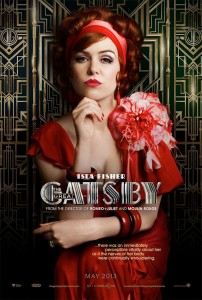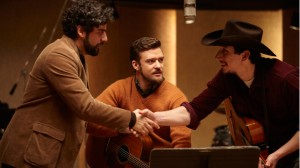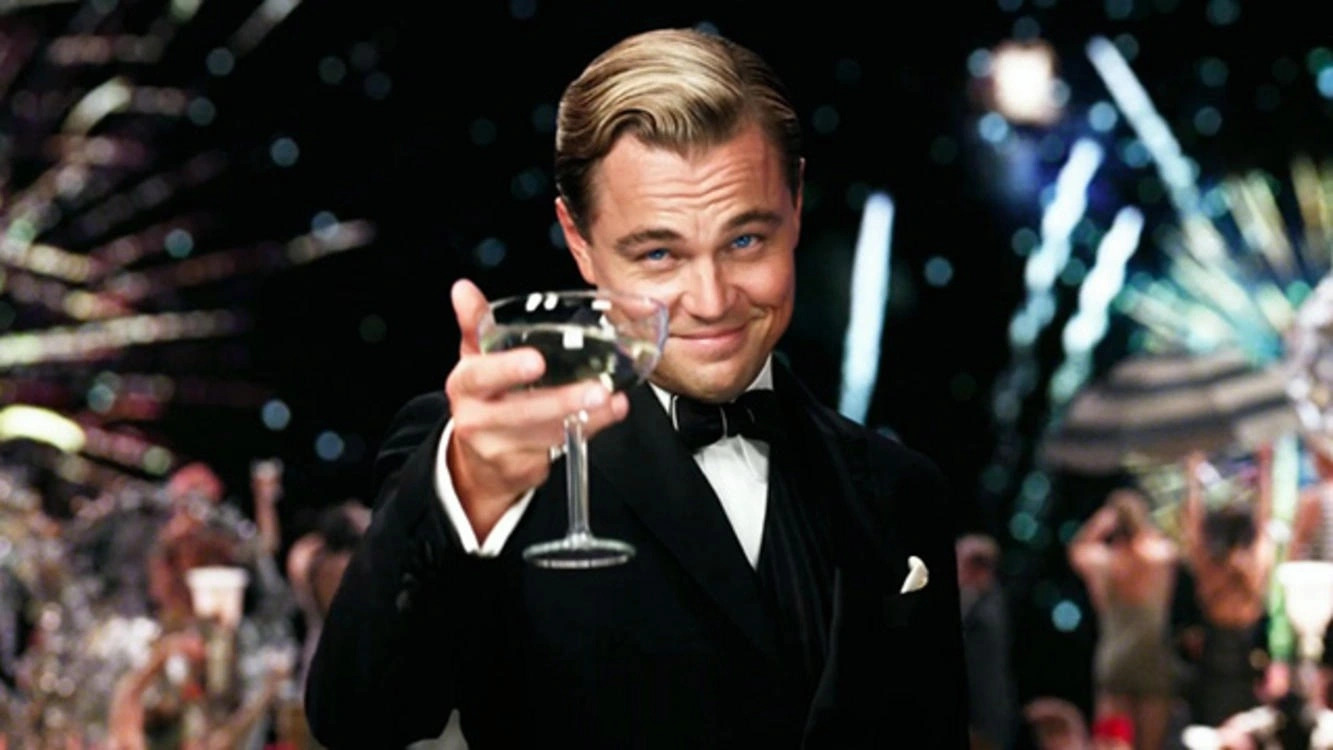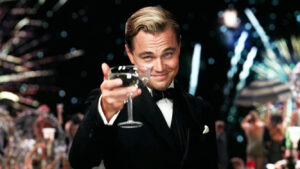Costume Designers Tell the Story
Posted on January 5, 2014 at 3:59 pm
 I love behind the scenes glimpses of the unsung heroes of film-making like The Hollywood Reporter’s great look at five costume designers who worked on some of the biggest films of the year. Costume designers do much more than create clothes that are pretty and historically accurate. They play a key role in defining the characters and telling the story. Catherine Martin talks about one of Gatsby’s suits.
I love behind the scenes glimpses of the unsung heroes of film-making like The Hollywood Reporter’s great look at five costume designers who worked on some of the biggest films of the year. Costume designers do much more than create clothes that are pretty and historically accurate. They play a key role in defining the characters and telling the story. Catherine Martin talks about one of Gatsby’s suits.
“That suit is a character in itself,” she says. “Tom tries to undercut Gatsby’s position by implying that he’s nouveau riche and he mentions the pink suit disparagingly,” says Martin. “Brooks Brothers was actually making pink seersucker suits in the early ’20s.” She admits: “I don’t know whether Leo was that thrilled about having to wear a pink suit. But I think it’s an instrumental part of reflecting the intense romanticism that lives inside Gatsby’s heart.
 Mary Zophres designed the costumes for the Coen Brothers’ “Inside Llewyn Davis,” where the lead character wears just one outfit throughout the film. “His character is constantly living in someone else’s apartment, so I thought he should have a smaller bag and fewer clothes.” Daniel Orlandi speaks about dressing Emma Thompson as the real-life P.L. Travers for “Saving Mr. Banks.” Travers always wore silver bracelets, so he made sure Thompson did, too. But he gave her a more demure dress for the premiere of “Mary Poppins” on screen than the real author wore. Replicating the original dress, he says, would make the beautiful Thompson look too “hot.” A real challenge was dressing not just all of the extras in early 60’s clothes for the scene set in Disneyland, but outfitting the Disney characters as well.
Mary Zophres designed the costumes for the Coen Brothers’ “Inside Llewyn Davis,” where the lead character wears just one outfit throughout the film. “His character is constantly living in someone else’s apartment, so I thought he should have a smaller bag and fewer clothes.” Daniel Orlandi speaks about dressing Emma Thompson as the real-life P.L. Travers for “Saving Mr. Banks.” Travers always wore silver bracelets, so he made sure Thompson did, too. But he gave her a more demure dress for the premiere of “Mary Poppins” on screen than the real author wore. Replicating the original dress, he says, would make the beautiful Thompson look too “hot.” A real challenge was dressing not just all of the extras in early 60’s clothes for the scene set in Disneyland, but outfitting the Disney characters as well.
“At the last minute we had to re-create all of the 1961 Disney mascots and retain that original, handmade look,” says Orlandi. “Mickey looked a lot different back then!”
And in the New York Times’ special Oscars section, the costume designer for “The Butler,” Ruth E. Carter, explains how the clothes worn by the title character’s wife Gloria, played by Oprah Winfrey, tell the story of the film — and of the challenge of putting one of the most famous people in the world into a movie and making the audience believe her as a character.
Gloria wears a cream-color A-line skirt and blouse topped by a turquoise cardigan, her hair covered by a floral-print scarf, as she sends her oldest son, Louis (David Oyelowo), off to Fisk University in Nashville from a Greyhound bus stop. “We had a big argument,” Ms. Carter said. “I think Lee’s main thing was: ‘When Oprah gets here, we’ve got to break the Oprah mold. We’ve got to make her a character.’ He told me, ‘I don’t want her in anything bright, and I want her in curlers at the bus station.’ So Oprah and I argued with him, she more than I. We won, thank God. I guess she proved to him that she was committed, and she was going to be this character and present something other than herself, and it relaxed him. And he was like, ‘O.K., you can do a couple of bright things — maybe.’ ”




